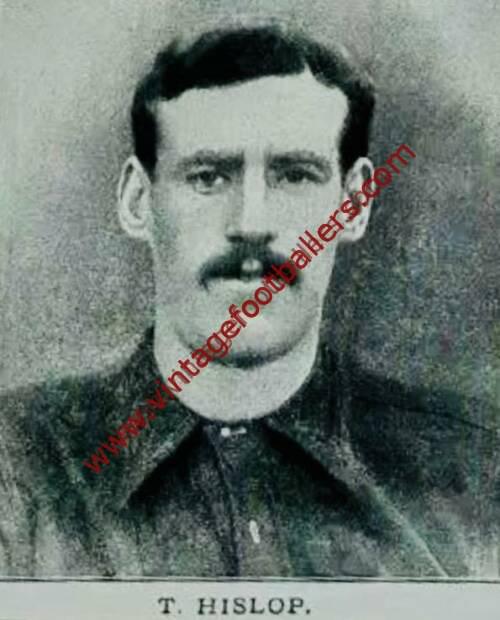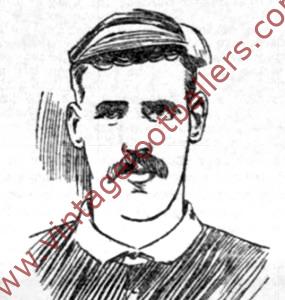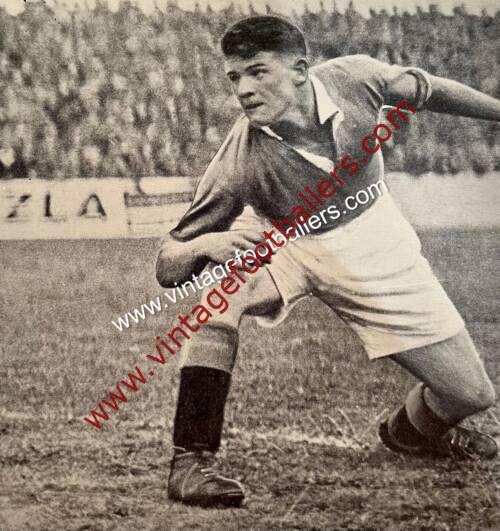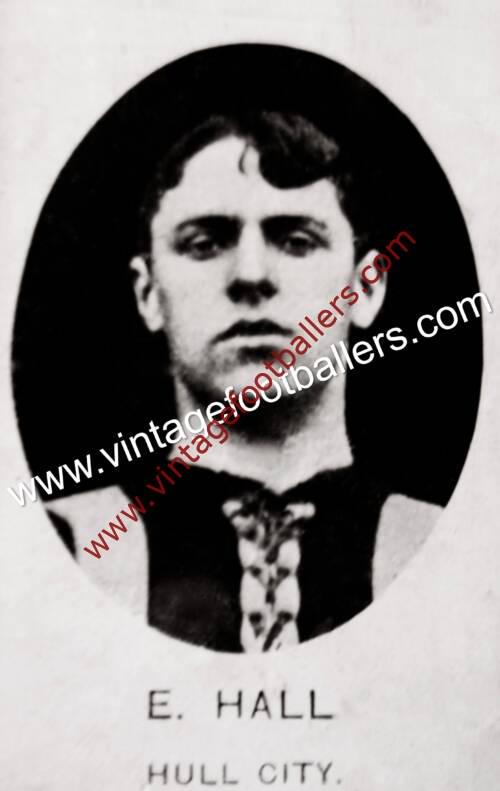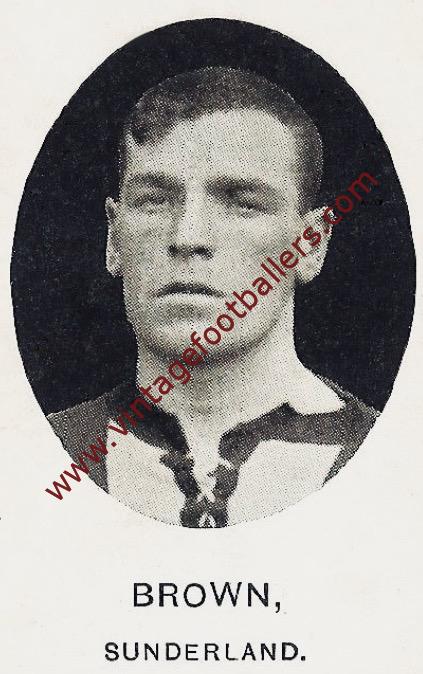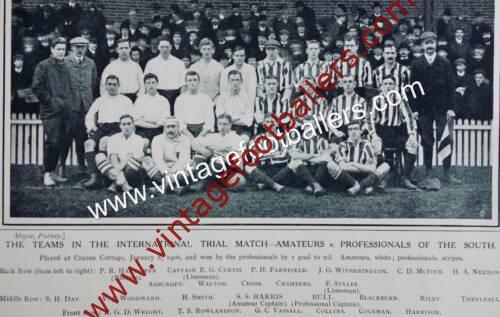Description
Born Bryce Thomas Scouller at Auchinleck, Ayrshire, inside left Tommy Hyslop first joined The Argyll and Sutherland Highlanders in 1888 under his real name, but disappears from the records after a year. He began his football career with Elderslie, and after a period serving with The Second Scots Guards between 1890 and 1892 under his assumed name (his middle name and his mother’s maiden name), he came to prominence as a powerful six foot three centre forward in the 2nd Scots Guards football team which won the Army Cup (twice), the Middlesex County Cup (twice), and took part in the FA Cup. He was selected to represent the Army against the famous Corinthians, also scoring seven goals for Middlesex in a match against Sussex. He played for Millwall Athletic as a trialist in April 1893 (using the pseudonym Tommy Hyslop to escape his military connections) and at the end of the game he was arrested by the military authorities and taken to Wellington Barracks where he was charged with disobeying orders. Although given a lenient punishment, he was obliged to remain in the army for a further two years.This seems to have been a ploy to keep him in uniform.
He eventually joined Football League club Sunderland, the best team at the time known as The Team of All Talents, in January 1894 after Sunderland bought out his military contract for £18, Hyslop making his Football League debut against Everton the following month.
Hyslop scored 3 goals in 6 matches, all but one of which were won, as Sunderland finished runners up in the League Championship, and early the next season scored 5 goals in their first two matches, including a hat-trick against Burnley at Newcastle Road, but having lost his place in January, he was sold to Stoke in February 1895 after 10 goals in 18 appearances for The Wearsiders as they marched towards the League Championship.
Hyslop scored a hat-trick on his Stoke debut in a 4-0 win over Derby County and his 7 goals in his first 6 matches producing 5 wins that allowed Stoke to move up to finish fourteenth in the division and win their Test Match to stay up. He was Stoke’s top scorer in their 1895-96 campaign with 21 goals, including a hat-trick against West Bromwich Albion in September 1895, a treble against Sheffield Wednesday that September, and 4 goals in a 7-1 FA Cup hammering of Burnley in February 1896.
Such form was recognised as Hyslop was selected for Scotland, making his international debut against England at Celtic Park in April that year. His timing was lucky too, as in 1896 the Scottish FA reacted to a succession of failures against England by using English-based players for the first time. The selectors chose Ned Doig (Sunderland) in goal, Tommy Brandon (Blackburn Rovers), Jimmy Cowan (Aston Villa), Jack Bell (Everton) and Tom Hyslop (Stoke) for the team at Celtic Park, and it worked. Bell scored what turned out to be the winner after William Lambie had put Scotland ahead, the English only securing a late goal by Billy Bassett, playing in his last international. Hyslop won a further cap in a 2-1 win over England at The Crystal Palace exactly a year later, scoring Scotland’s equaliser after Steve Bloomer had put England ahead. England defender Howard Spencer later recalled: ‘Tom Hyslop was a thorn in our side, not because he was a particularly skilful forward, but because he was so deadly in his shooting.’
After 28 goals in 35 matches for The Potters, Hyslop signed for Scottish League club Glasgow Rangers in May 1896 in time to play in their Glasgow Merchants Charity Cup Final defeat to Celtic, and he scored on his Scottish League debut in a 5-1 win over St Mirren the following August. A regular scored for The Gers, he scored 4 goals in a 7-2 win over Clyde that December, with hat-tricks the following season in wins over Clyde and St Bernard’s. He scored as Rangers won the 1897 Scottish Cup Final in a 5-1 win over Dumbarton at Hampden Park, and played in the 1898 Final as Rangers successfully defended the Cup, winning the Final 2-0 against Kilmarnock at Hampden Park.
After 28 goals in 37 appearances for Rangers he returned to Stoke in the 1898 close season, playing 12 more matches during their 1898-99 campaign, but returned to Rangers in the summer of 1899, but wasn’t a regular starter for Rangers, scoring 4 goals in 6 matches before a move to Partick Thistle in 1900, where he scored 6 goals in 14 matches for Thistle but in March 1901 he signed up (as Bryce Scouller) to fight against The Boers and saw active service in South Africa with The Scottish Yeomanry. On his return in 1902 he joined Dundee Wanderers, playing a season for them followed by a season with Johnstone. In 1904 he joined Abercorn, where he scored twice in 17 matches over two seasons. Hyslop finally moved to America, where he played with Philadelphia Thistle and Tacony Philadelphia before retiring in 1907. He later moved to Canada, where he used his birth name but supplied a false age enabling him to enlist in the Canadian Expeditionary Force during the First World War, where he served in Europe, but apparently as a reservist and not on the front line.
